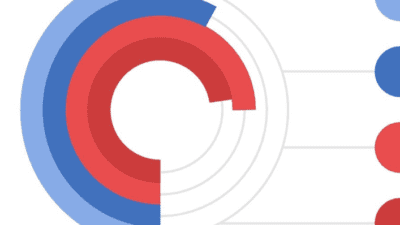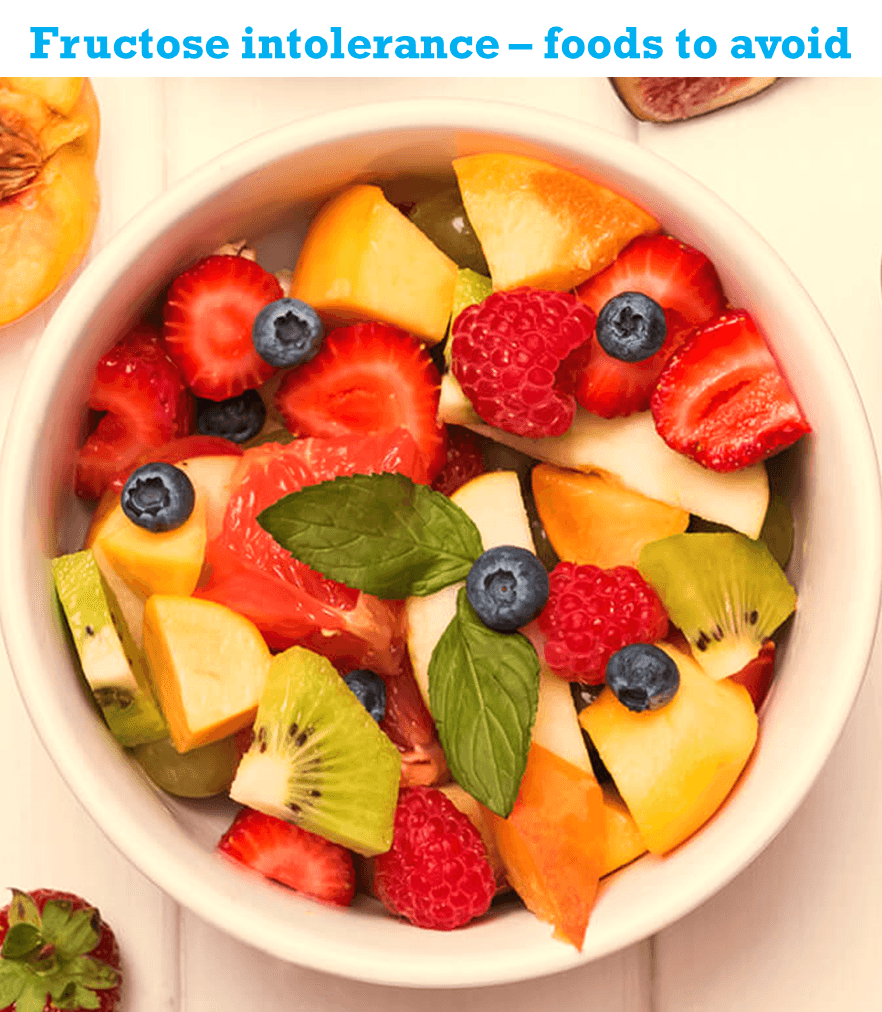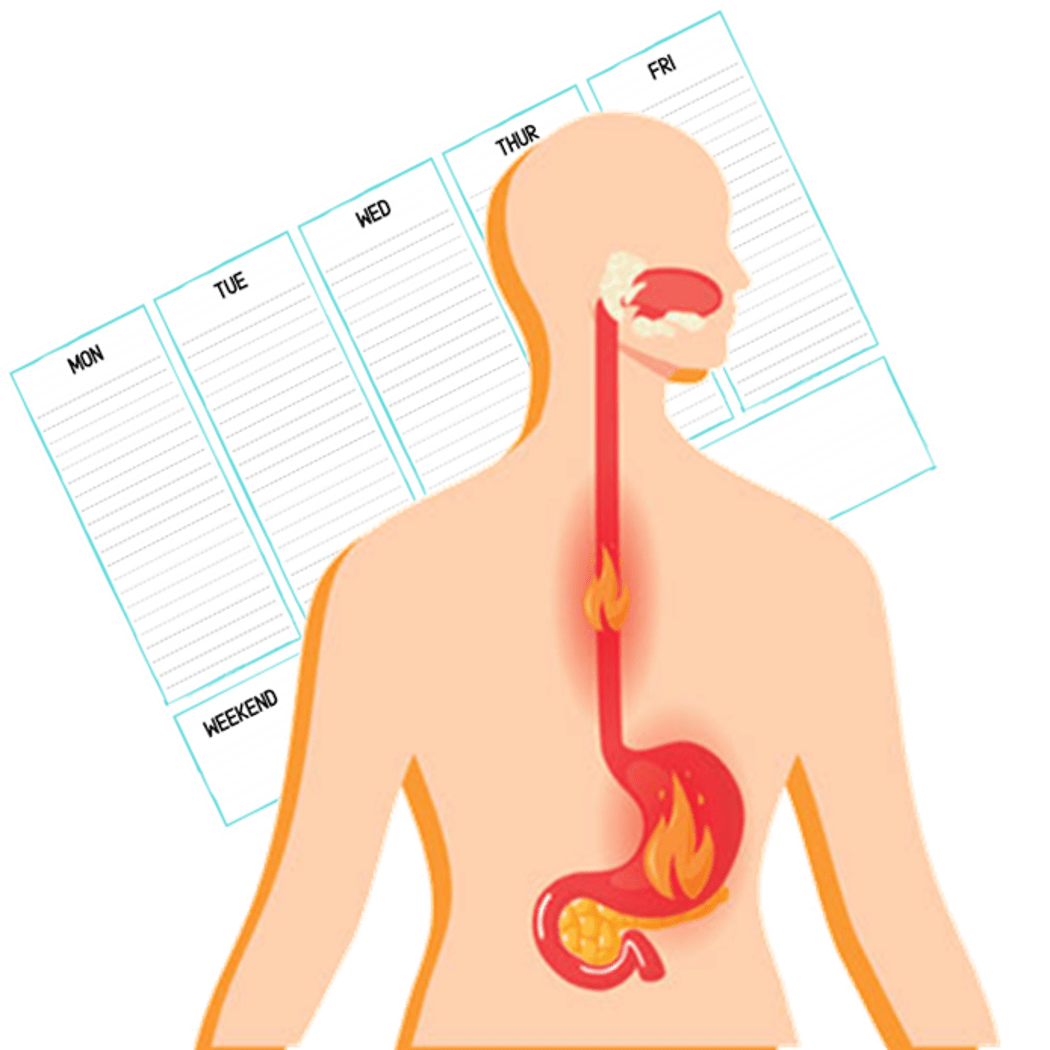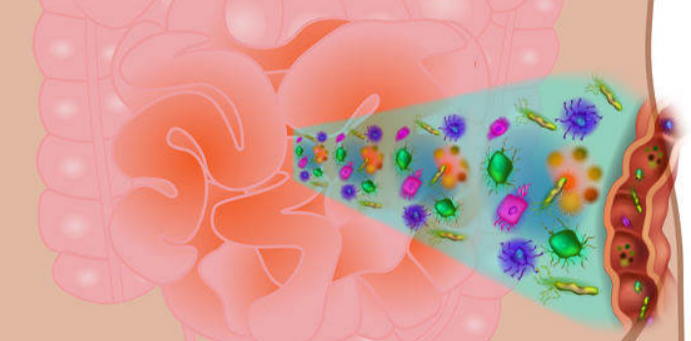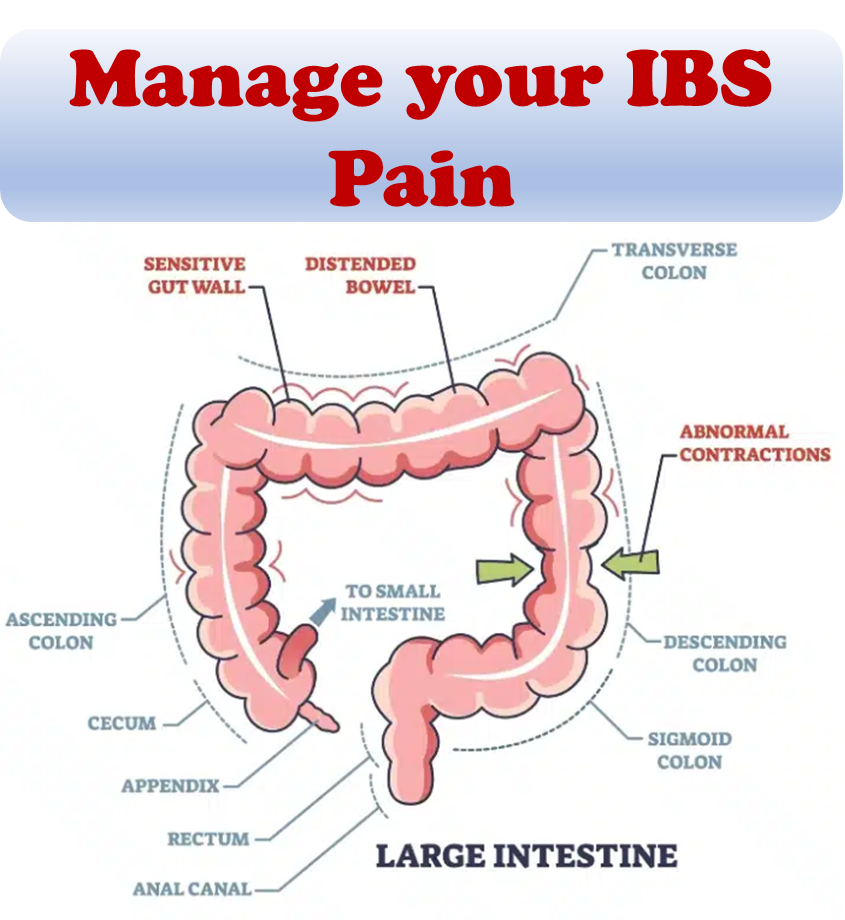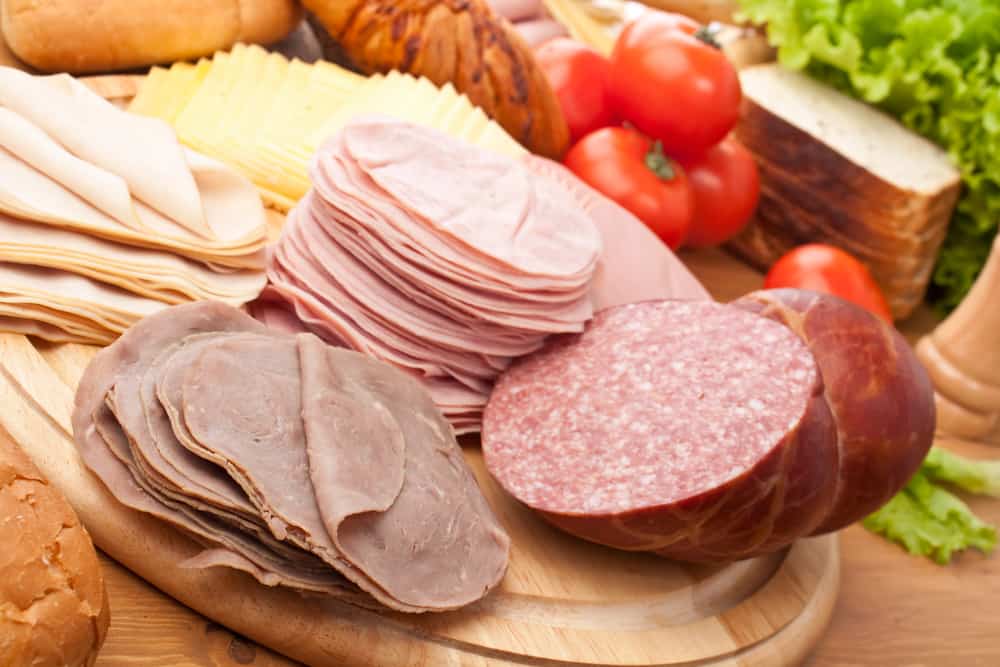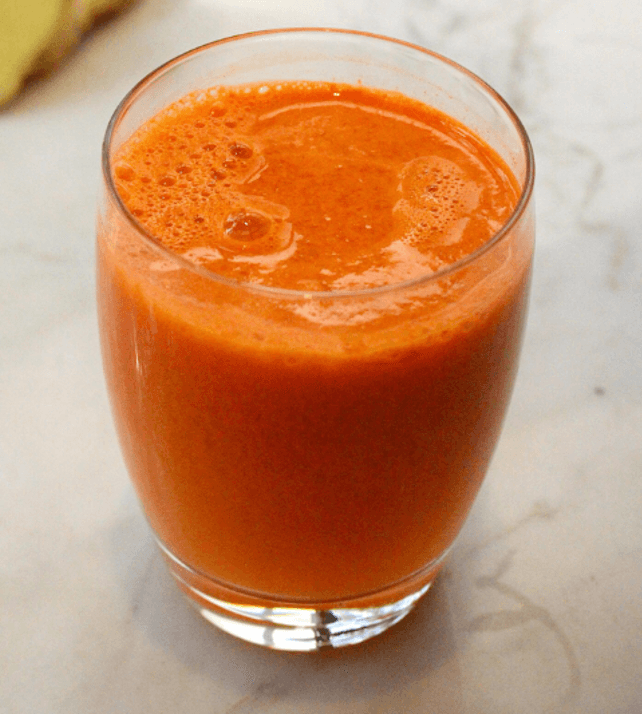
Cramping in the abdomen, excessive flatulence, uncomfortable distention, queasiness, irregular bowel movements — these distressing manifestations are often associated with irritable bowel syndrome (IBS), but they can also be indicative of a lesser-known condition known as small intestinal bacterial overgrowth (SIBO). While the awareness of IBS, affecting a substantial number of individuals ranging from 25 to 45 million in the United States, is relatively widespread, SIBO might be the stealthy culprit lurking behind your gastrointestinal troubles.
What is SIBO?
SIBO, or Small Intestinal Bacterial Overgrowth, is a condition characterized by the excessive growth of bacteria in the small intestine. While the small intestine normally contains some bacteria, SIBO occurs when the balance of bacteria is disrupted and an overgrowth occurs.
The exact causes of SIBO are not fully understood, but there are several factors that can contribute to its development. These include:
- Impaired gut motility: One of the main functions of the small intestine is to propel food through the digestive system. When there is a disruption in the normal movement of the intestines, such as in conditions like irritable bowel syndrome (IBS) or intestinal obstructions, it can lead to the stagnation of bacteria in the small intestine, promoting their overgrowth.
- Structural abnormalities: Certain structural abnormalities in the gastrointestinal tract, such as strictures (narrowing) or diverticula (pouches), can disrupt the normal flow of intestinal contents, causing bacteria to accumulate and proliferate in the small intestine.
- Reduced production of stomach acid: Stomach acid plays a crucial role in killing bacteria that enter the digestive system. Conditions that reduce stomach acid production, such as chronic use of proton pump inhibitors (PPIs), can increase the risk of SIBO by allowing bacteria to survive and migrate to the small intestine.
- Impaired immune system: A weakened immune system, whether due to an underlying health condition or certain medications, can make the body more susceptible to bacterial overgrowth in the small intestine.
- Intestinal dysmotility disorders: Some medical conditions, such as scleroderma, diabetes, or muscular dystrophy, can disrupt the normal movement of the intestines, leading to SIBO.
- Previous gastrointestinal surgeries: Surgeries that alter the anatomy or impair gut motility, such as gastric bypass surgery or bowel resections, can increase the risk of developing SIBO.
It’s important to note that while these factors can contribute to the development of SIBO, the exact cause may vary from person to person. Additionally, there may be other yet unidentified factors involved in the development of SIBO. If you suspect you have SIBO, it’s best to consult with a healthcare professional for an accurate diagnosis and appropriate treatment.
Certain research suggests that as high as 80% of individuals grappling with irritable bowel syndrome (IBS) are afflicted by small intestinal bacterial overgrowth (SIBO). The exact occurrence rate of SIBO in healthy individuals remains elusive. Medical professionals tend to believe that SIBO is commonly overlooked in diagnosis. In mild instances, symptoms may not manifest, whereas moderate cases manifest a multitude of non-specific symptoms that intersect with various other ailments, including IBS. SIBO is not frequently subjected to direct testing, and even if it is, the available diagnostic tests are flawed.
Symptoms of SIBO
- Abdominal pain and discomfort
- Excessive gas and bloating
- Diarrhea or constipation
- Nutritional deficiencies
- Nausea and vomiting
- Acid reflux and heartburn
- Weight loss
Remember, these symptoms can also be caused by other conditions, so it’s essential to consult with a healthcare professional for a proper evaluation.
Are there different kinds of SIBO?
There are different classifications or subtypes of SIBO based on the specific types of bacteria involved. The two primary subtypes of SIBO are hydrogen-dominant SIBO and methane-dominant SIBO.
- Hydrogen-dominant SIBO (H-SIBO): In this subtype, excessive growth of hydrogen-producing bacteria occurs in the small intestine. These bacteria produce hydrogen gas as a byproduct of fermentation, which can lead to symptoms such as bloating, gas, abdominal discomfort, and diarrhea.
- Methane-dominant SIBO (M-SIBO): In this subtype, there is an overgrowth of bacteria known as methanogens, which produce methane gas. Methane can slow down gut motility and lead to symptoms like constipation, bloating, and abdominal pain. Methane-dominant SIBO is often associated with a higher risk of constipation-related symptoms.
In some cases, individuals may have a combination of both hydrogen-dominant and methane-dominant SIBO, which is known as mixed SIBO. It is worth noting that the classification of SIBO into subtypes is not always clear-cut, and there may be variations and overlap in clinical presentation. The specific subtype of SIBO can be determined through breath testing, where the levels of hydrogen and methane gases are measured following the ingestion of a substrate such as lactulose or glucose. It is important to consult with a healthcare professional for a proper diagnosis and individualized treatment plan based on the specific subtype and severity of SIBO.
SIBO – potential trigger foods
Although foods are not the primary cause of SIBO, certain foods can promote the growth of problematic bacteria in the small intestine. Feeding these bacteria their preferred foods can exacerbate SIBO symptoms. Conversely, you can help reduce bacterial overgrowth by depriving them of their favored foods. This approach has led to various proposed SIBO diet plans, which may yield different results for each individual. However, these diets generally recommend limiting the consumption of carbohydrates, including:
- Sugars and sweeteners.
- Fruits and starchy vegetables.
- Dairy products.
- Grains.
By reducing the intake of these food categories, it is believed that the growth of bacteria in the small intestine can be better managed. The key lies in providing patients with a personalized diet and tailored treatment approach.
How is SIBO diagnosed?
Diagnosing SIBO can be challenging since its symptoms can overlap with various other gastrointestinal conditions that you may already be experiencing. Therefore, SIBO may not be the initial suspicion during a medical evaluation. However, if your symptoms and medical history indicate the possibility of SIBO, your healthcare provider may propose a breath test to confirm the diagnosis. This straightforward and non-invasive test measures the levels of hydrogen and/or methane in your breath, indicating the presence of gas-producing bacteria in your gut. Elevated levels of these gases suggest an overabundance of bacteria.
To further investigate the potential causes and complications of SIBO, your healthcare provider might recommend additional tests, such as:
- Blood tests to assess for vitamin deficiencies and deficiencies in blood proteins.
- Stool tests to examine for excessive undigested fats or bile acids.
- Imaging tests to identify any structural abnormalities that could be contributing to SIBO.
By conducting these tests, healthcare providers can gather more information to aid in diagnosing and managing SIBO effectively.
SIBO treatment
SIBO often arises as a complication of another condition, further exacerbating complications of its own. When it comes to treating SIBO, healthcare providers must address multiple facets:
- Managing the bacterial overgrowth itself.
- Addressing the specific complications arising from SIBO.
- Identifying and treating the underlying cause.
Typically, a course of antibiotics is employed as the standard medical treatment for bacterial overgrowth. Healthcare providers will then focus on managing acute complications, which may involve providing nutritional support and supplements to address vitamin and mineral deficiencies. They might also prescribe a short-term, strict diet to alleviate symptoms, followed by a modified, long-term diet plan to restore nutrition and regulate bacterial overgrowth.
Ultimately, healthcare providers strive to identify and address the root cause of SIBO, which may necessitate further diagnostic testing. If a motility disorder is suspected, motility agents might be prescribed to facilitate healthy intestinal movement. In cases involving structural abnormalities, surgical intervention may be recommended to correct the issue.
References:
- Bures J, Cyrany J, Kohoutova D, Förstl M, Rejchrt S, Kvetina J, et al. (June 2010). “Small intestinal bacterial overgrowth syndrome”. World Journal of Gastroenterology.
- Ghoshal UC, Ghoshal U, Das K, Misra A (January–February 2006). “Utility of hydrogen breath tests in diagnosis of small intestinal bacterial overgrowth in malabsorption syndrome and its relationship with oro-cecal transit time”. Indian Journal of Gastroenterology.
- Quigley E, Murray J, Pimentel M (October 2020). “AGA Clinical Practice Update on Small Intestinal Bacterial Overgrowth: Expert Review”. Gastroenterology.
- Ensari A (21 Aug 2014). “The Malabsorption Syndrome and Its Causes and Consequences”. Pathobiology of Human Disease.
- Reddymasu SC, Sostarich S, McCallum RW (February 2010). “Small intestinal bacterial overgrowth in irritable bowel syndrome: are there any predictors?”. BMC Gastroenterology.

